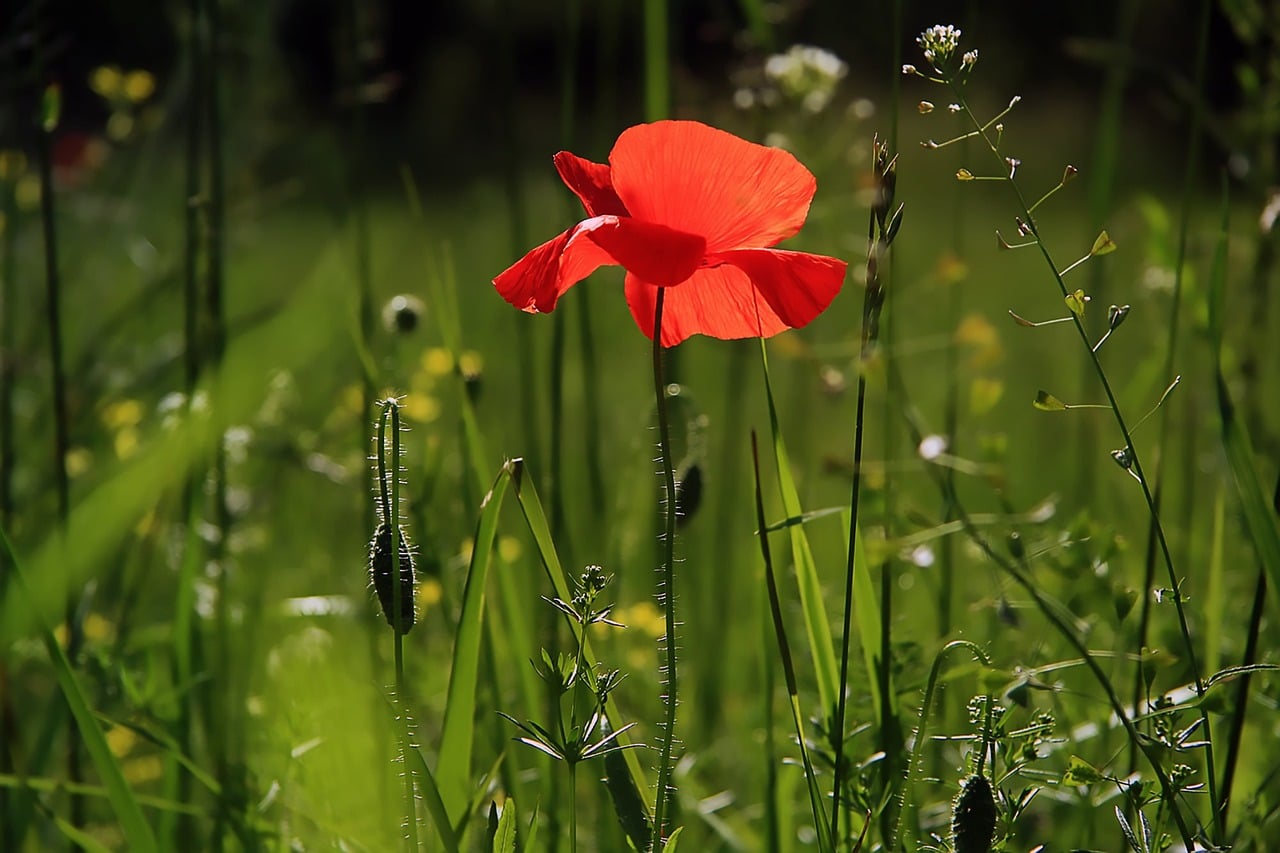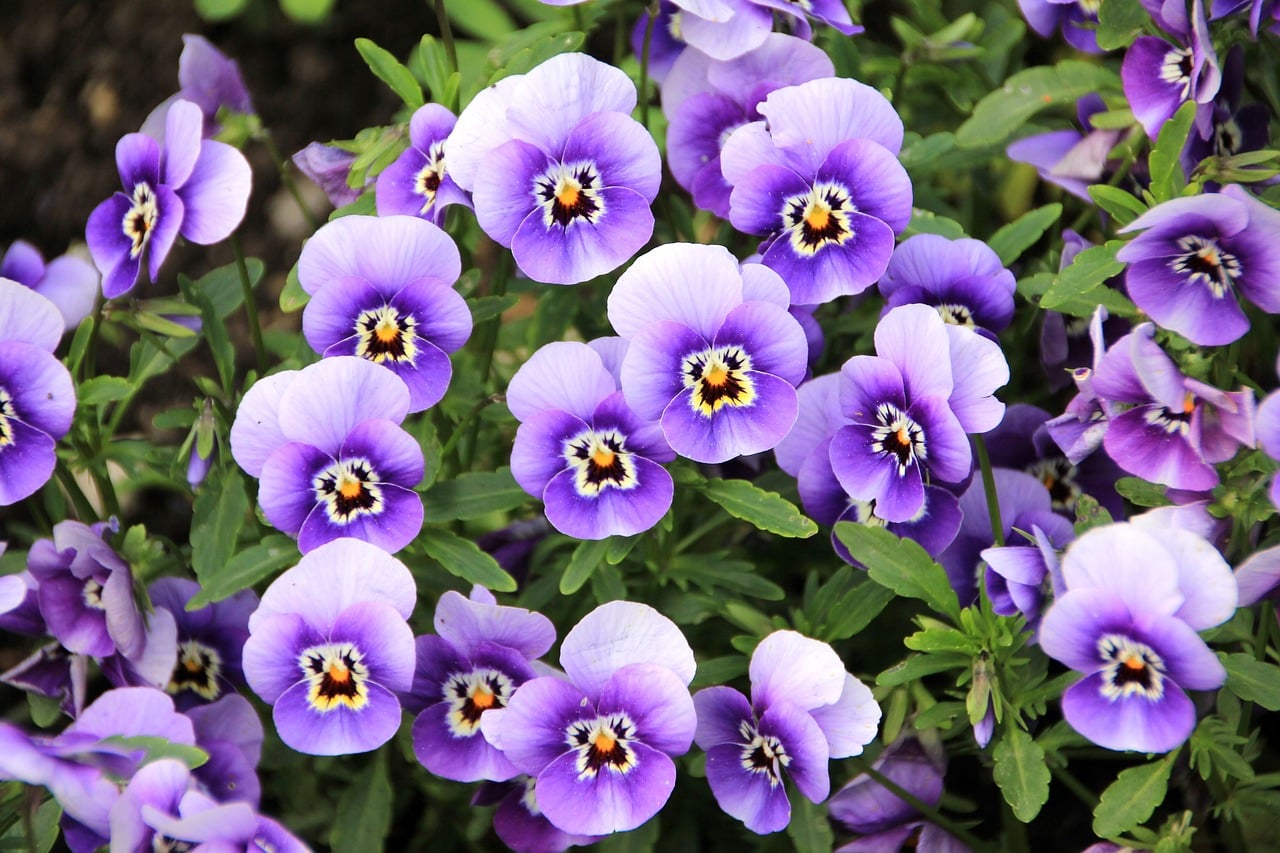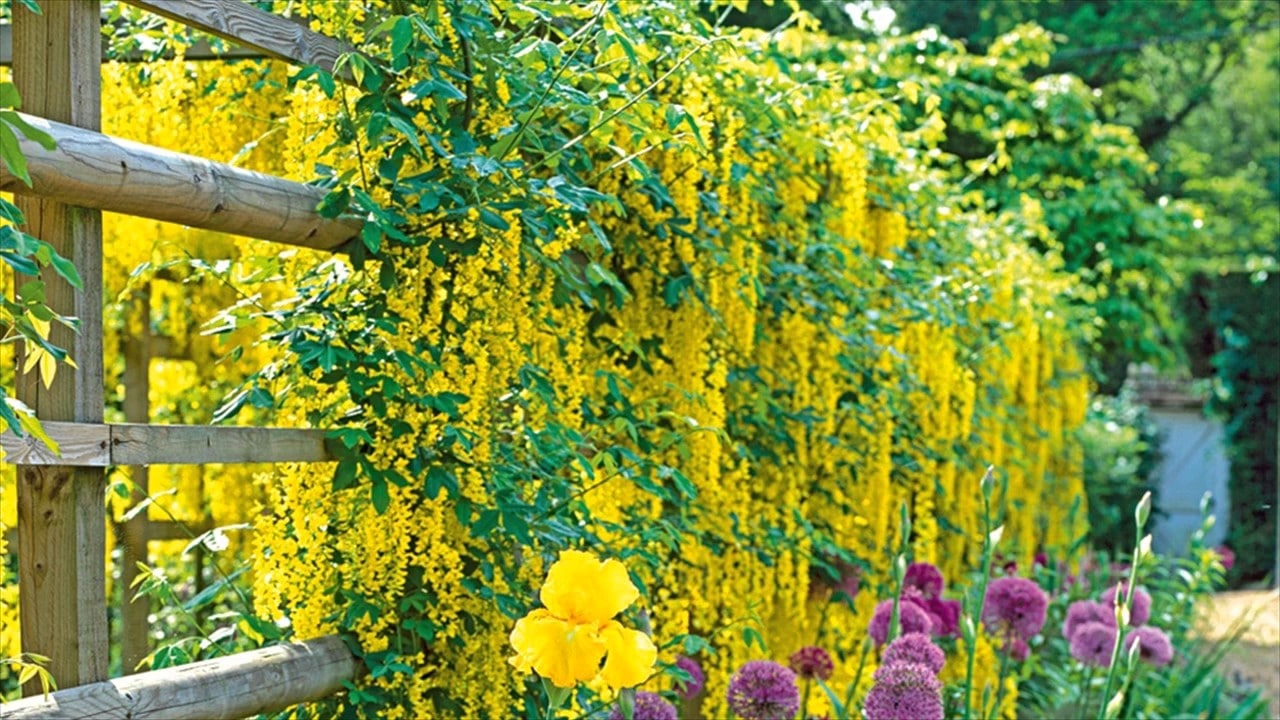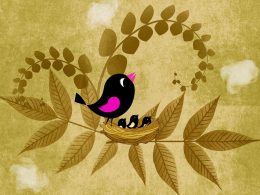Flower lovers are usually confused when it comes to poppies. the confusion usually surrounds what the different types are the right way to grow them and whether or not they will do well in a vase.
In this article, I will be talking about the 4 different types of seed grown poppies that are usually grown to be used as cut flowers, and I’ll be explaining what makes each one different and unique from the others.
1. Iceland poppies Papaver nudicaule
Iceland poppies are technically seen as perennial flowers and they have the ability to withstand winter however because they are unable to handle insects and heat very well most flower growers mainly grow them as biennials or hardy annuals.
If you decide to grow Iceland poppies from seeds you would need to give them a lot of care because the seeds are as tiny as grains of sand and they are usually very slow to get started.
When you want to start Iceland poppy seeds, it is vital that your extremely careful and barely cover them with the finest dusting of sand or vermiculite.
For the first few weeks after planting, bottom water by having your seed spray set within a few inches of standing water and allowing them to wick up the moisture from underneath. this will prevent you from mistakenly washing off the baby buy directly spraying water on the overhead.
Always ensure that your seed flats are kept on heat mats around 70% or in a warm room until you notice that the tiny seedlings are beginning to emerge and they have developed at least two sets of leaves.
It is preferable that you start seeds at least 8 weeks before proceeding to transplant them into the ground. Seedlings are usually slow to start and around the time they should be transplanted, they stall out. If you decide to leave them in their trays for too long it will begin to die gradually.
Even though plants may look too delicate or weak to be transplanted into the soil, do not make the mistake of leaving it in its tray for more than 10 weeks unless it will fail to thrive.
Once you transplant them to the ground you would notice a new growth explosion and you would also be shocked to see that they are in full flower within 6 weeks after transplant that goes to tell you that though they may appear weak they have plenty of strength on the inside.
When it comes to growing Iceland puppies, the major reasons why many growers fail is that they do not treat their seeds with care when planting them.
It is not one of those crops that you grow directly on the ground; you must start them in trays before finally transplanting them to good and healthy soil. In other words, it is not a crop to be grown by beginners.
Depending on what part of the world you reside it is advisable to start growing your Iceland poppies around late summer so that you can transplant them out in early fall to overwinter then flower in the spring.
If you are unable to sow during fall you can do so no later than mid February so that you can have your flowers blooming before the heat of summer comes your way.
Keeping flowers picked can become a full time job once they begin to bloom. The best time for you to begin harvesting your Iceland poppies is when you notice the buds are beginning to crack open and you can seen just about the tiniest peep of color. That is called the cracking bud stage of the flower.
Iceland poppies are blessed with a suprising long vase life of up to one week if they are picked at the right stage and treated.
Shortly after harvesting your Iceland poppies, use boiling water or an open flame to sear the stem ends for about seven to ten seconds before you place into water containing flower food.
2. Breadseed poppies Papaver ssp

Of all the species of poppies, the breadseed variety are the easiest to grow. Even tough the cut flowers are not exactly the most long lasting options especially as they only last two to three days in the vase, they sure make a wonderful addition to any garden.
The leave behind some of the most beautiful glaucous decorative seed pods they are useful both dried and fresh.
If you have plans of using their flowers in arrangements, harvest only the ones that are half way open and sear the cut ends in an open flame or boiling water for 7 to 10 seconds.
Unlike the Iceland poppies, the breadseed poppies do not enjoy been transplanted. They only bloom when planted directly into the ground so as soon as you are able to till the ground easily in spring, go ahead and plant them. You need to pay adequate attention to growing plants because slugs can’t resist them.
One reason why growers love the breadseed poppies is that they naturally self seed which means once you cultivate them you are sure to always have them springing from different corners of your garden. If you feel the need to save some of the seeds, you can gather them up one you notice the pods start turning from green to brown.
3. Shirley poppies Papaver rhoes
Apart from breadseed poppies, the Shirley poppies are one of the easiest to grow. One Shirley poppy plant can produce flower heads for as long as six weeks, and with every bloom that fades, there is a lovely miniature seed pod that is left behind. The seed pods can be added to boutonnieres and dried creations.
Individual Shirley flowers are short lived usually lasting no longer than three to four days of stem ends are seared in boiling water.
It is important that blooms are harvested just as they begin to open before the bees locate them. You need to watch out for this specie of poppy if you are allergic to pollen because it carries plenty of it.
If you need to use then for decoration that don’t last to long like wedding decorations or maybe a bridal bouquet, be rest assured that guests will love them. Shirley poppies are not one of those plants that love to be transplanted so just go ahead and plant them in the garden directly.
They can also self seed if you leave the pods on which means if you don’t want them springing out from everywhere in your garden, what you have to do is prevent them from self seeding.
4. California poppies Eschscholzia California
These plants are actually night poppies at all but the California poppies are easy to grow and versatile but very easy to grow, and are drought tolerant group of plants that are capable of tolerating drought and blooming all summer long.
You can grow these the trays and transplant later but they do well usually when planted directly in gardens.
They can self seed as well and are though enough to spring out if every and any crack on the pavement. If you don’t have enough space for planting you can grow them in containers.
For cut flowers, you’ll enjoy having these California poppies because even though individual flowers do not last longer than two or three days, as the petals drop down, the new buds on the stem will begin to open and that can give you about a week’s worth of lovely flowers from a single stem.
What else is great about these poppies? you don’t need to sear the cut ends for them to survive long in the vase.
You are sure to find a poppy that meets your needs if you are interested in growing them or just having some cut ones in your home. All you have to do is decide what you want and go searching.
One of the benefits of having plants around you is that they purify the air and that helps you breathe in clean oxygen.










